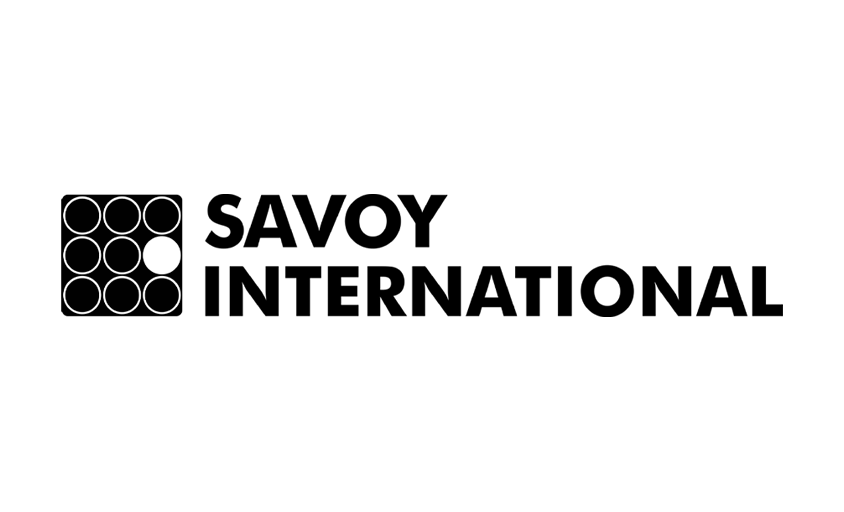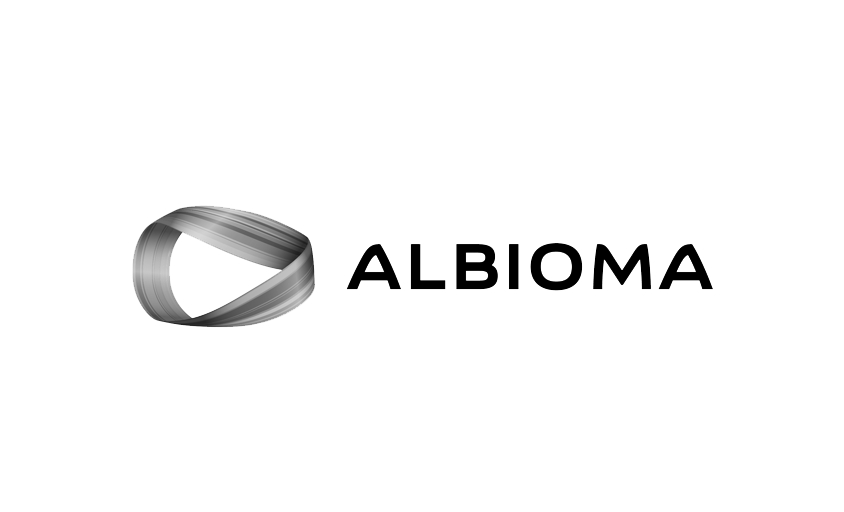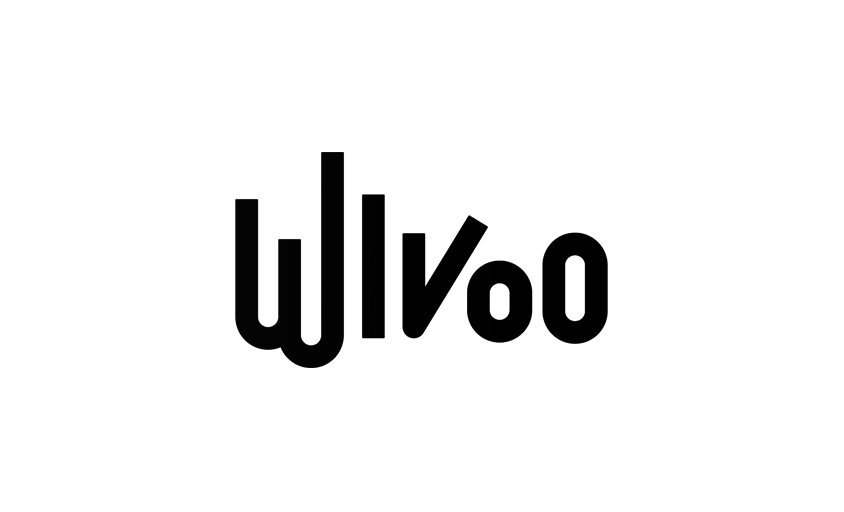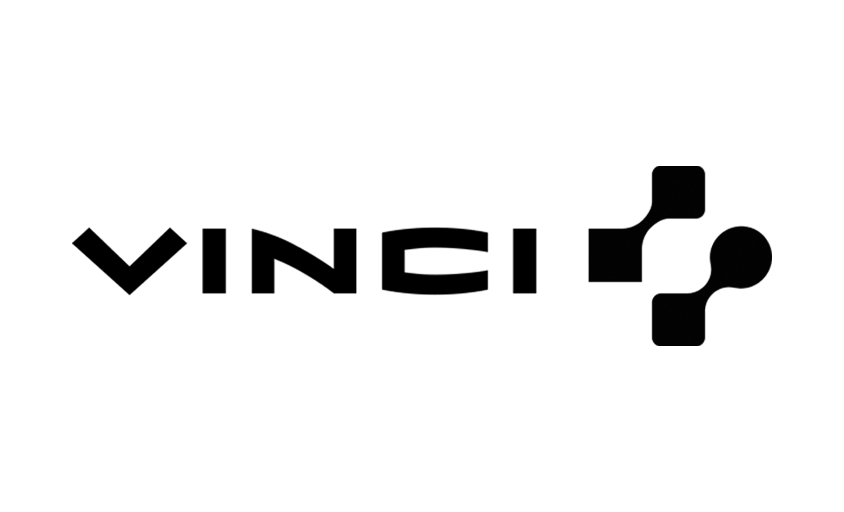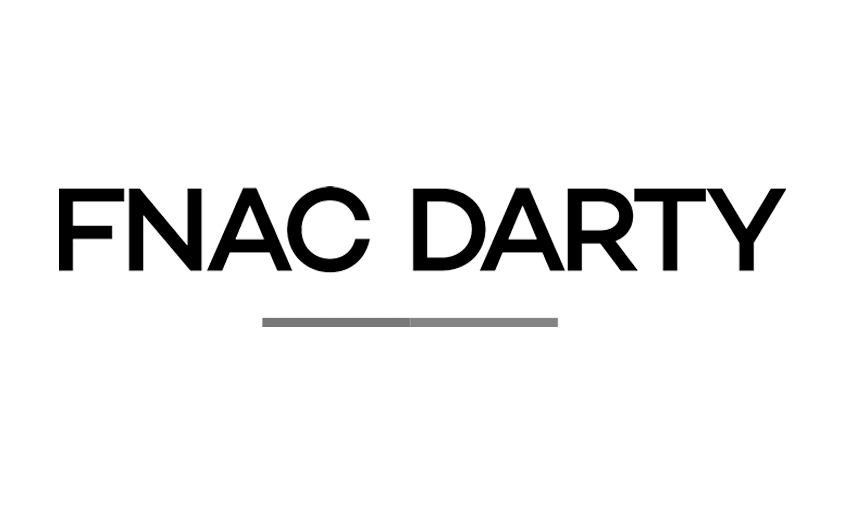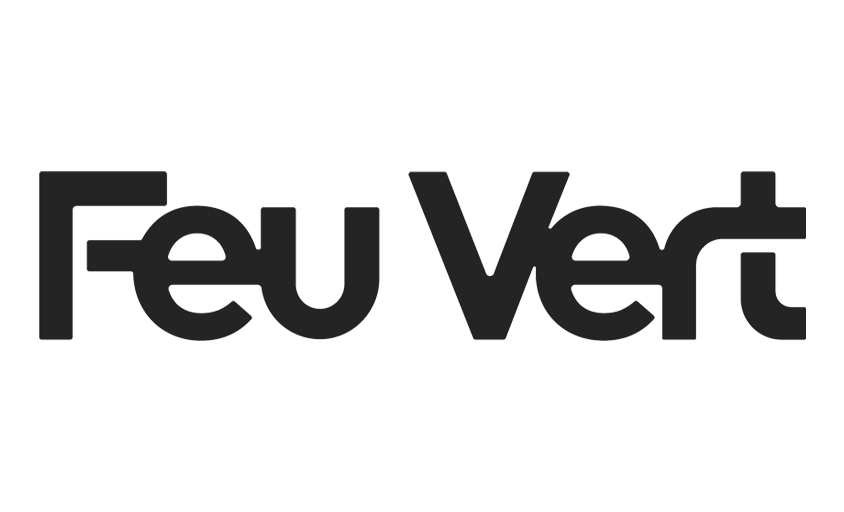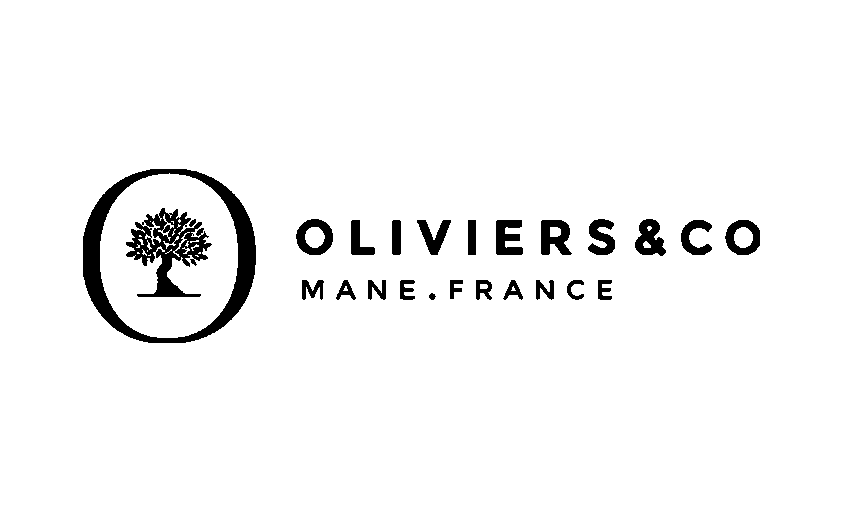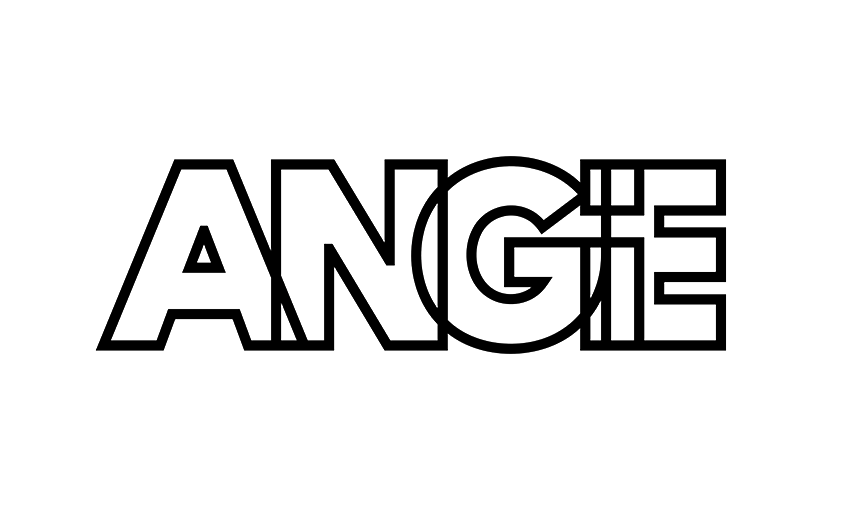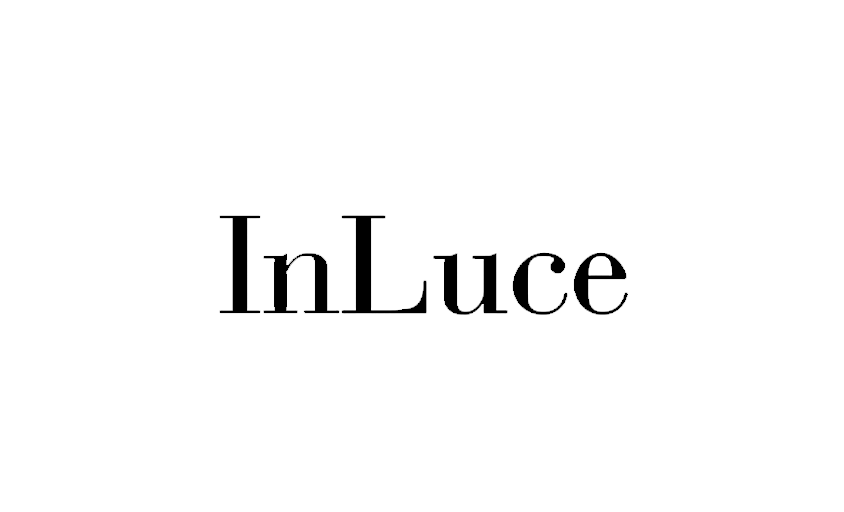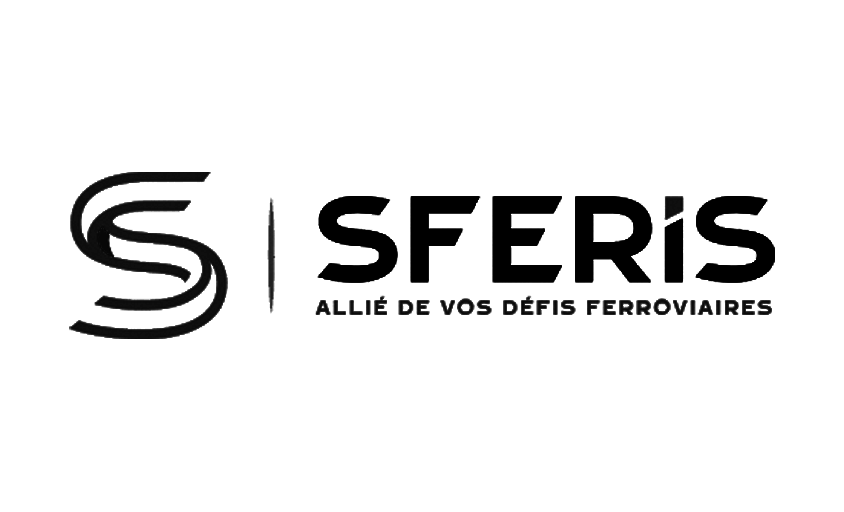Optimization
In this article :
File optimization is a crucial step in every digital photographer’s workflow, aiming to enhance image performance and quality while minimizing storage requirements. Whether for online sharing, printing, or efficient archiving, understanding how to optimize your photographic files is essential. This practice involves reducing file size, adjusting resolution, and selecting the optimal image format, without compromising visual quality.
Why Optimize?
Optimizing photographic files helps to:
- Reduce Loading Times: Crucial for online sharing, where lighter files load more quickly.
- Save Storage Space: Important for both local drives and cloud storage.
- Maintain Print Quality: Adjusting resolution and compression ensures that printed images remain sharp and detailed.
Reducing File Size
File size can be minimized through compression and image resizing. Formats like JPEG offer adjustable compression, striking a balance between image quality and file size. Using editing tools to resize images according to their final use can also significantly reduce size, with minimal perceptible loss in quality to the human eye.
Adjusting Resolution
An image’s resolution, measured in pixels per inch (ppi), affects both its on-screen display and print sharpness. For web use, 72 ppi is usually sufficient, while high-quality prints require 300 ppi or more. Tailoring resolution to the image’s intended use is a key step in the optimization process.
Choosing the Right File Format
The file format also impacts quality and size. JPEGs are ideal for online use due to their small file sizes, while lossless formats like TIFF or RAW are better suited for editing and archiving, as they preserve full image data.
Conclusion
Optimizing files in photography is an essential process that requires balancing visual quality with efficient storage and sharing. By mastering techniques like file size reduction, resolution adjustment, and format selection, photographers can ensure their work is showcased at its best, across any medium or platform.
Jérémy Carlo is the editorial director at Rétines, where he ensures the consistency and clarity of all content produced by the studio.
Our Clients
Let’s discuss
What we do for you at Rétines
Meticulous work, an organised project and fast delivery. And to achieve this, we mobilise the right resources in our teams at the right time.
01
Pre-production
Artistic and technical direction tailored to the project.
Relevant recommendations on content, form and resources.
02
Photo Shooting
Photos taken by our experienced photographers.
Production that’s controlled, efficient and tailored to the needs of the project, with nothing superfluous.
03
Retouching
Technique
Photographs magnified by our retouching team.
Post-production to meet the commercial challenges of the brief.

